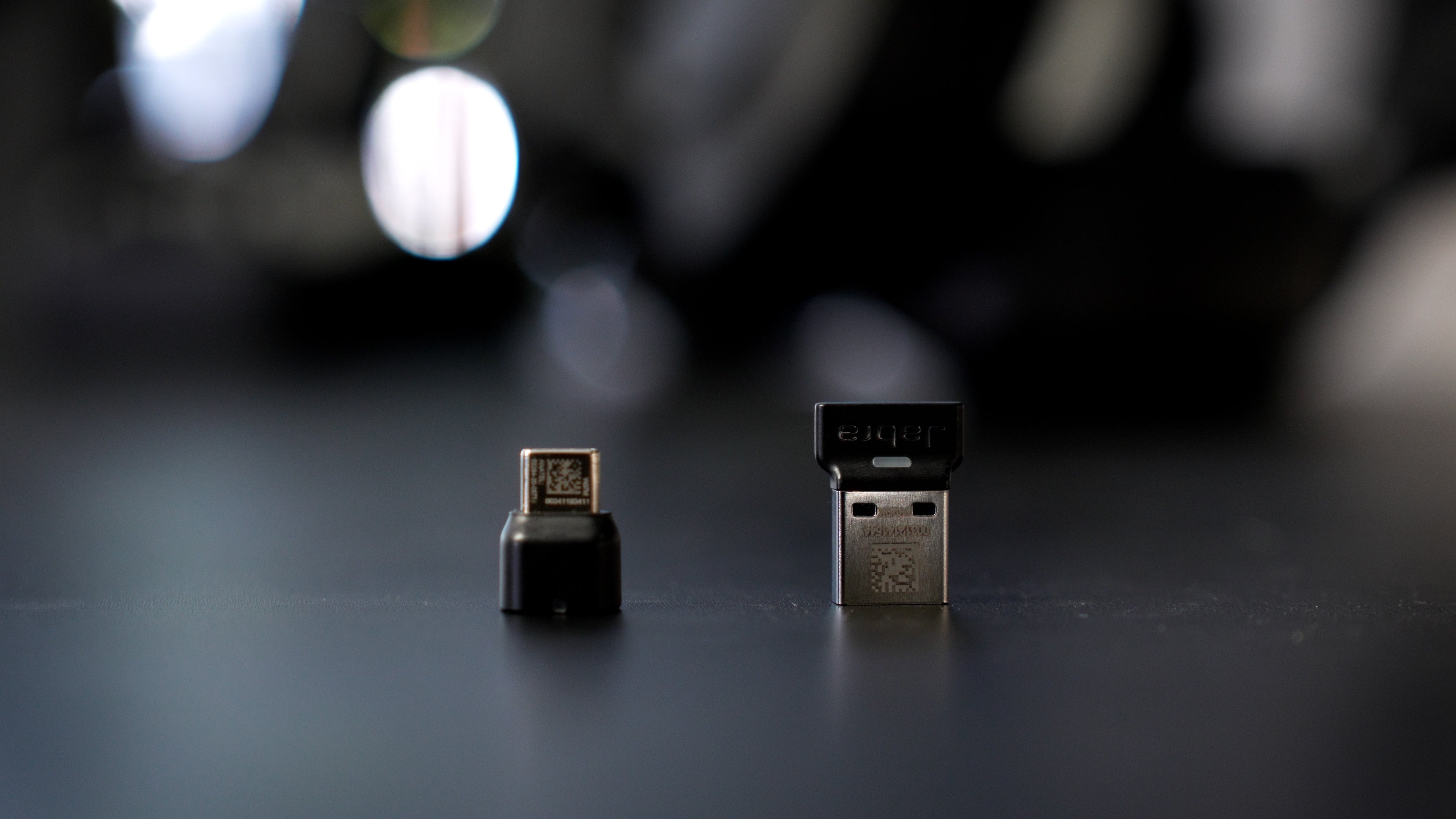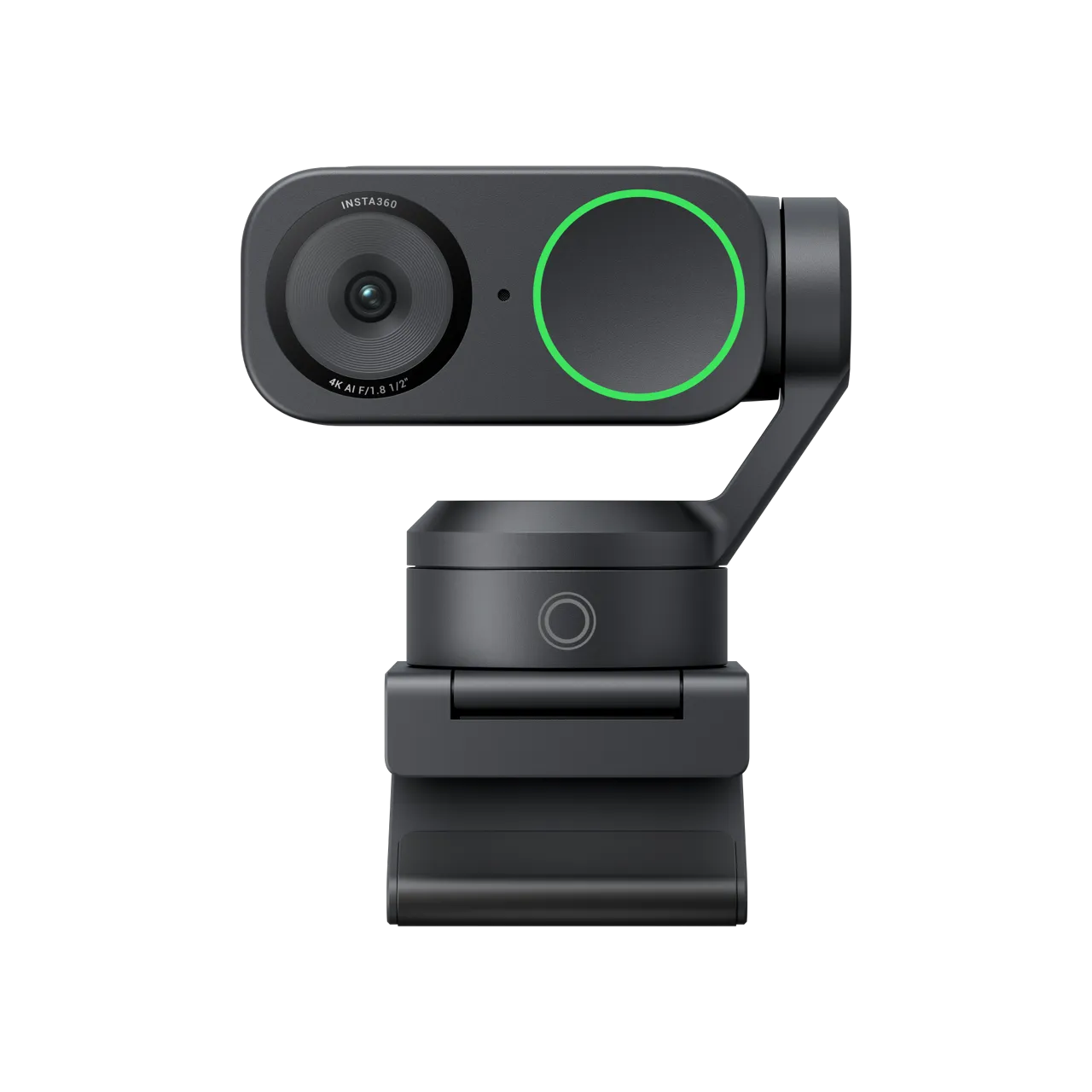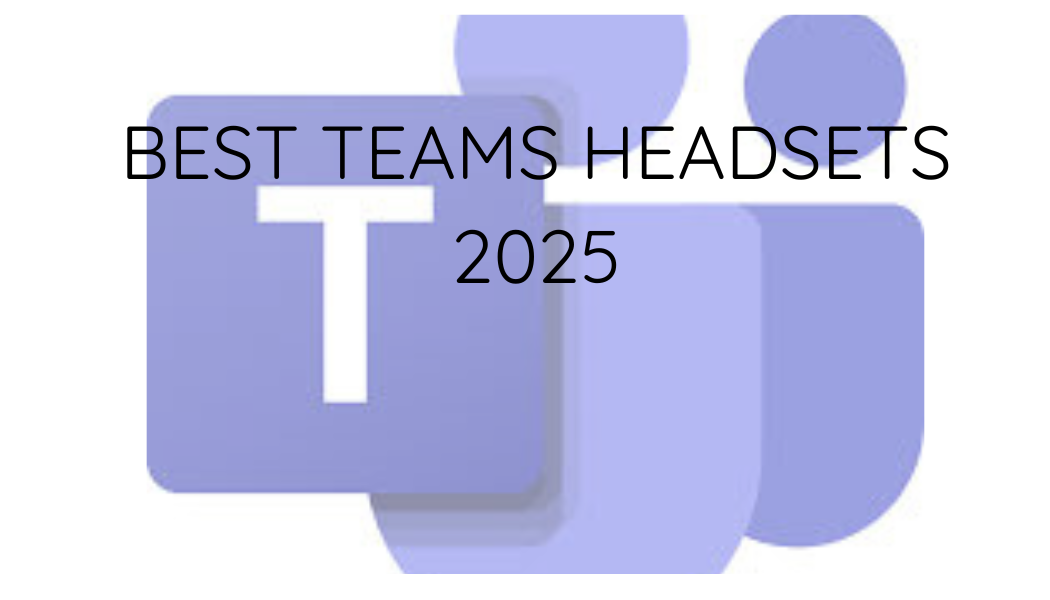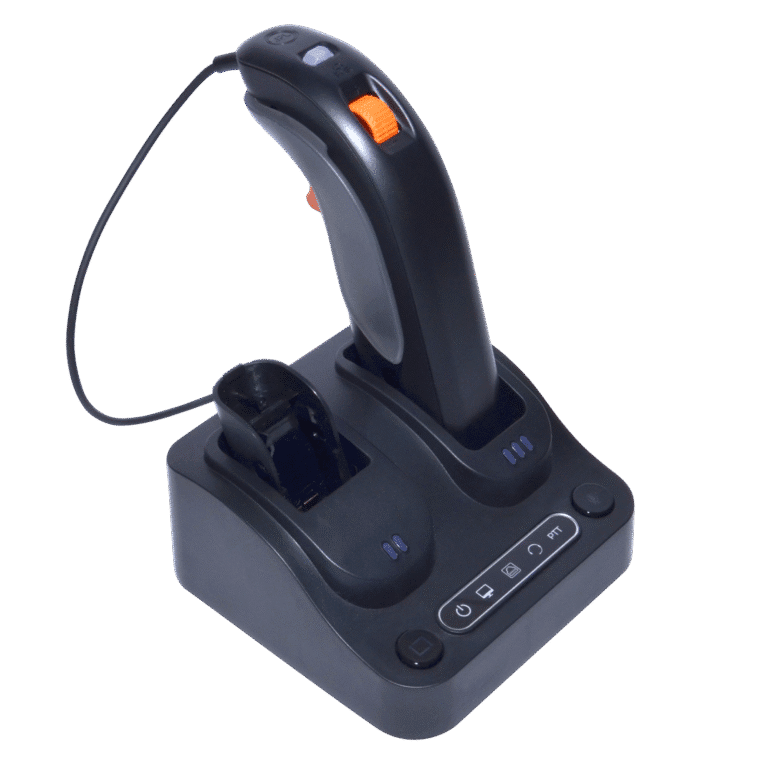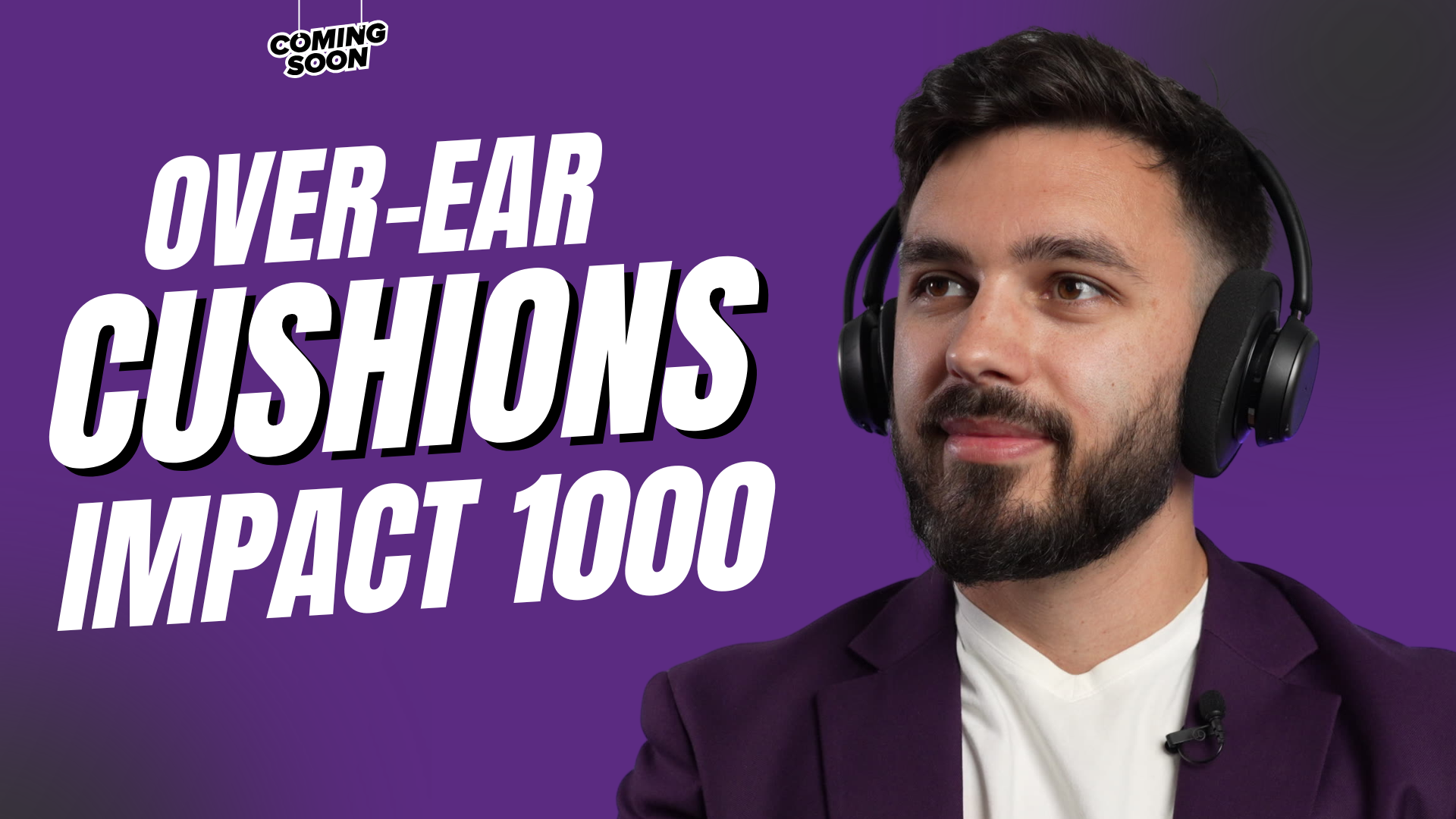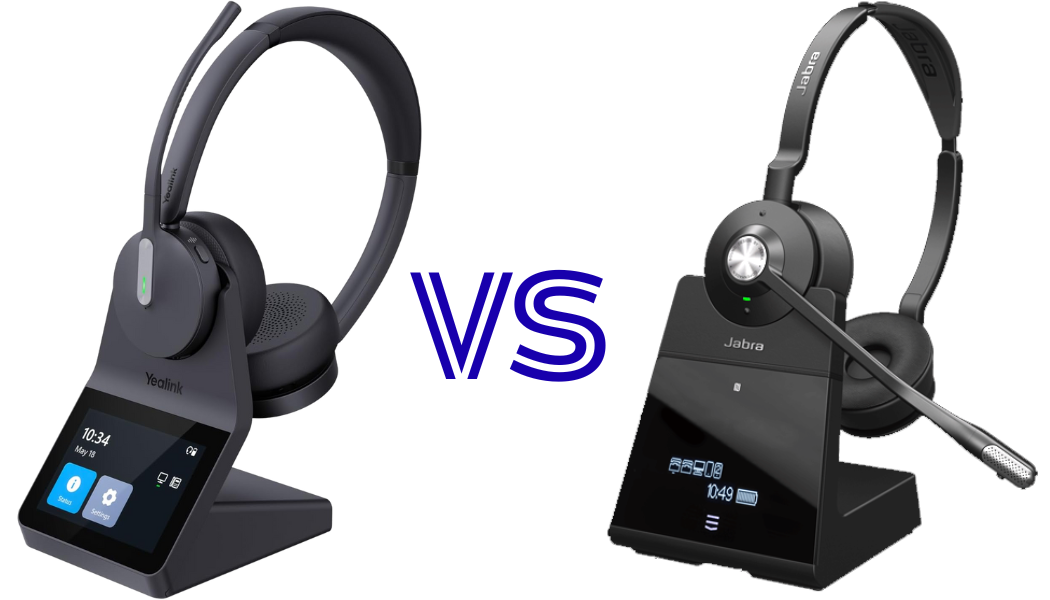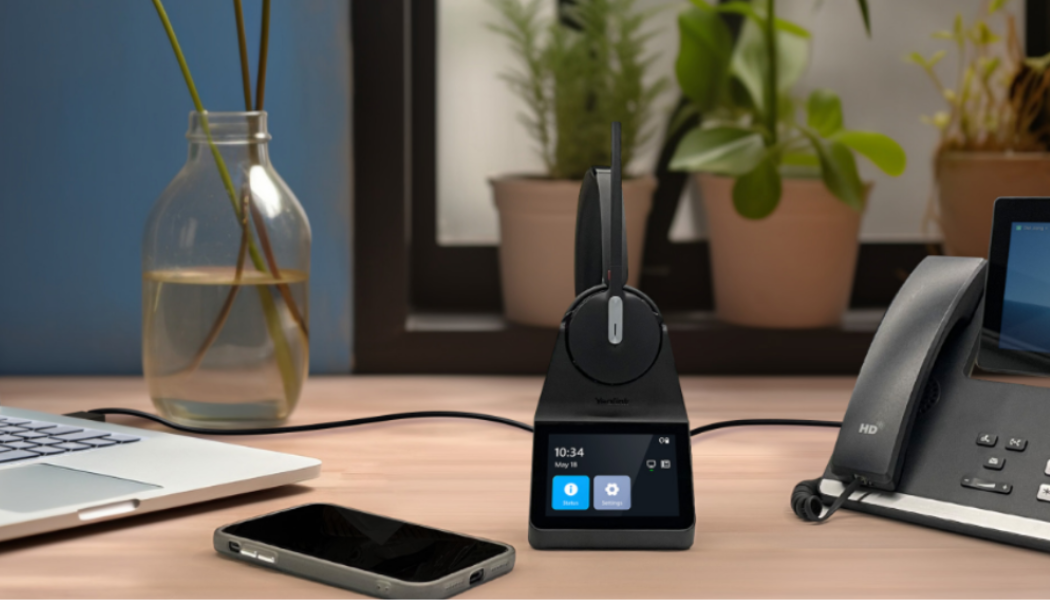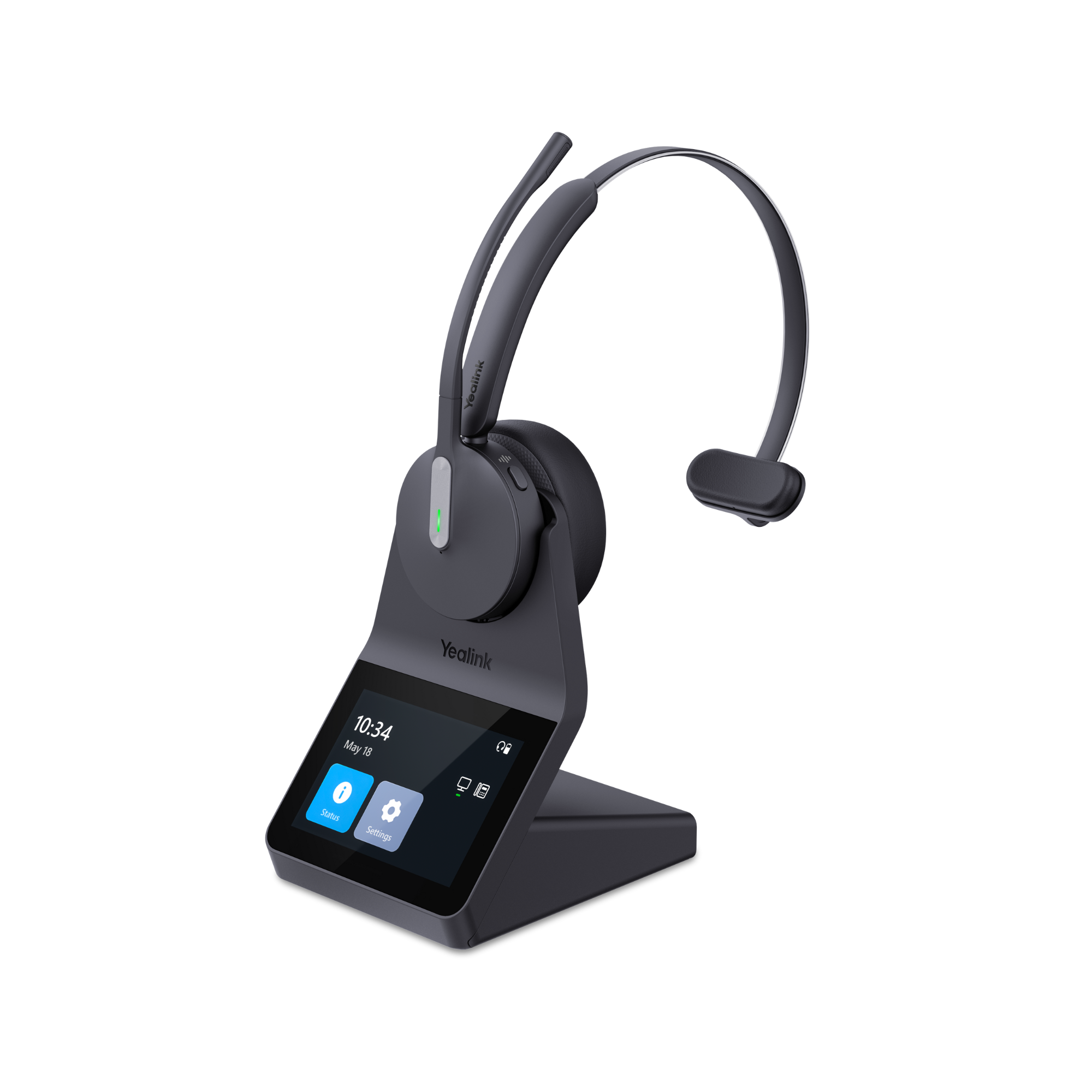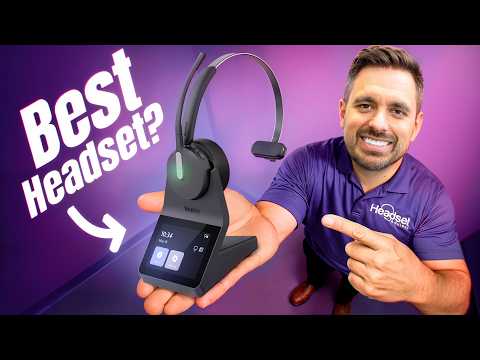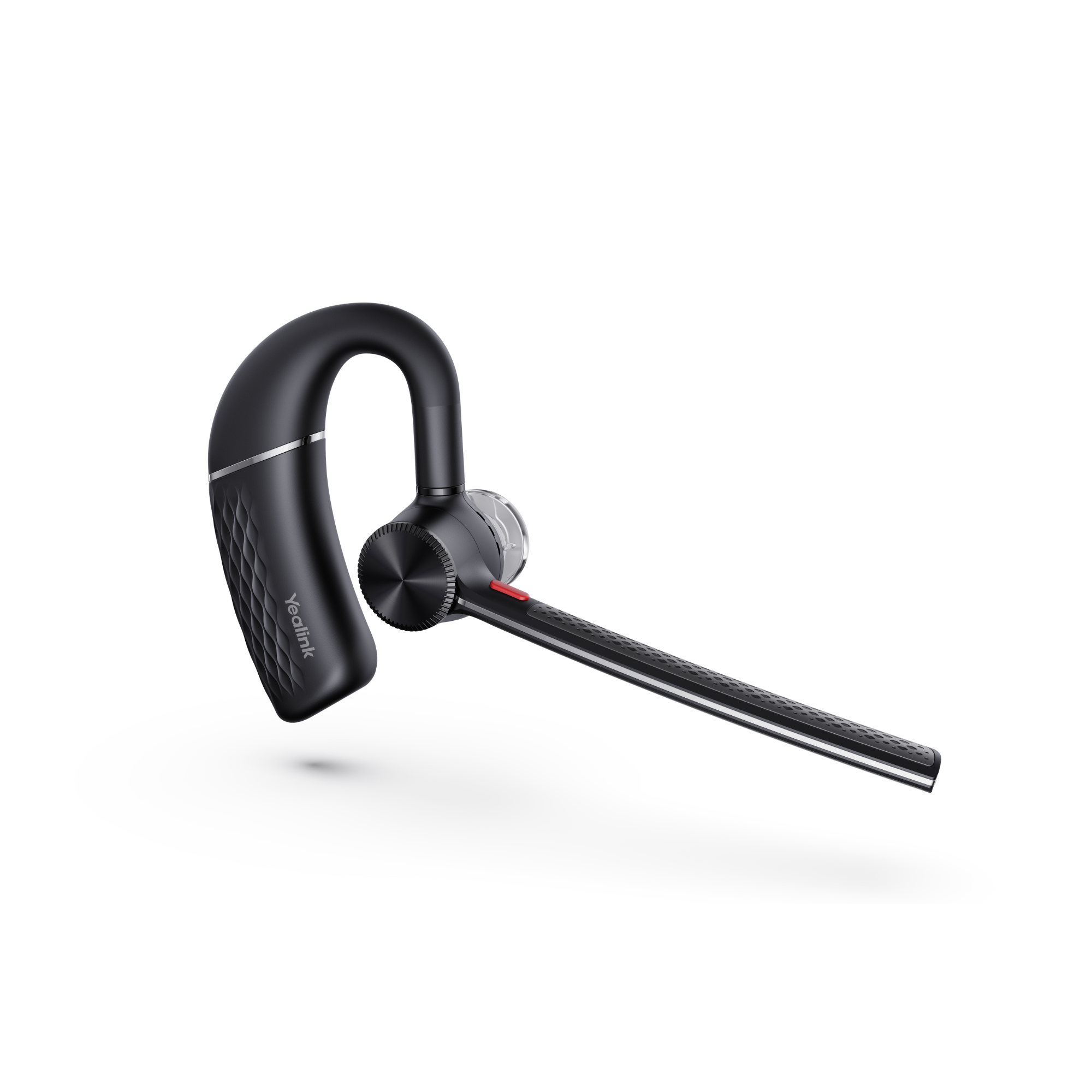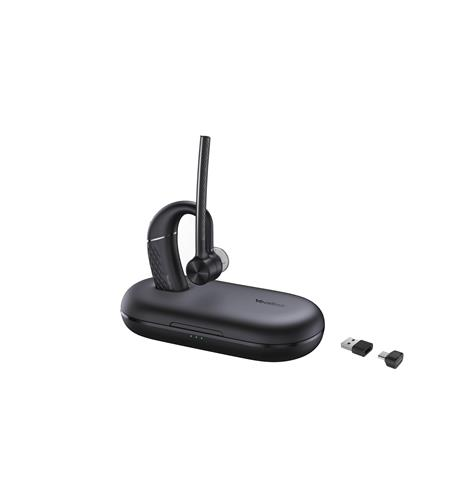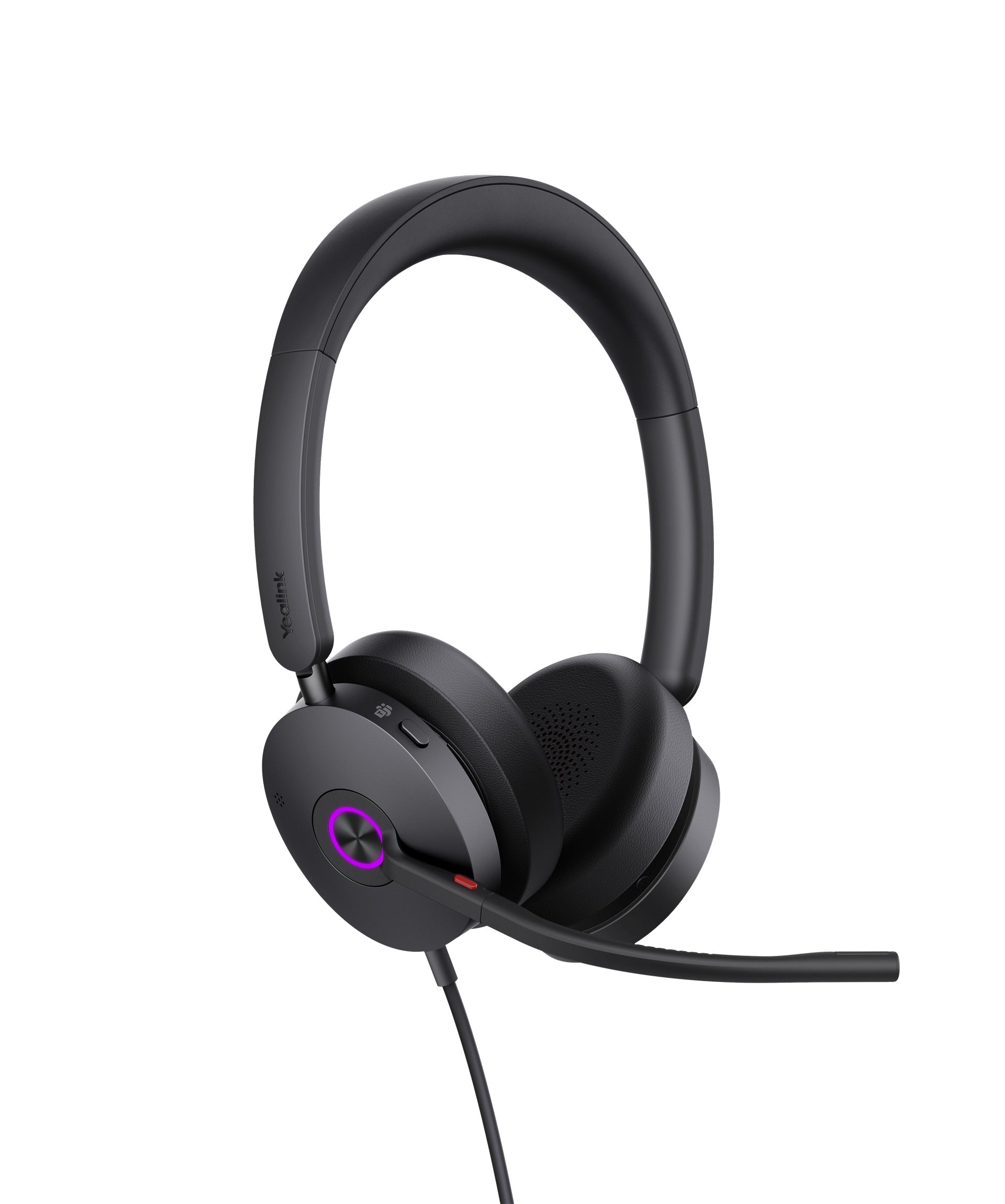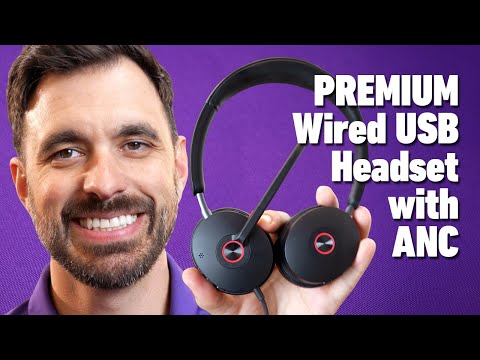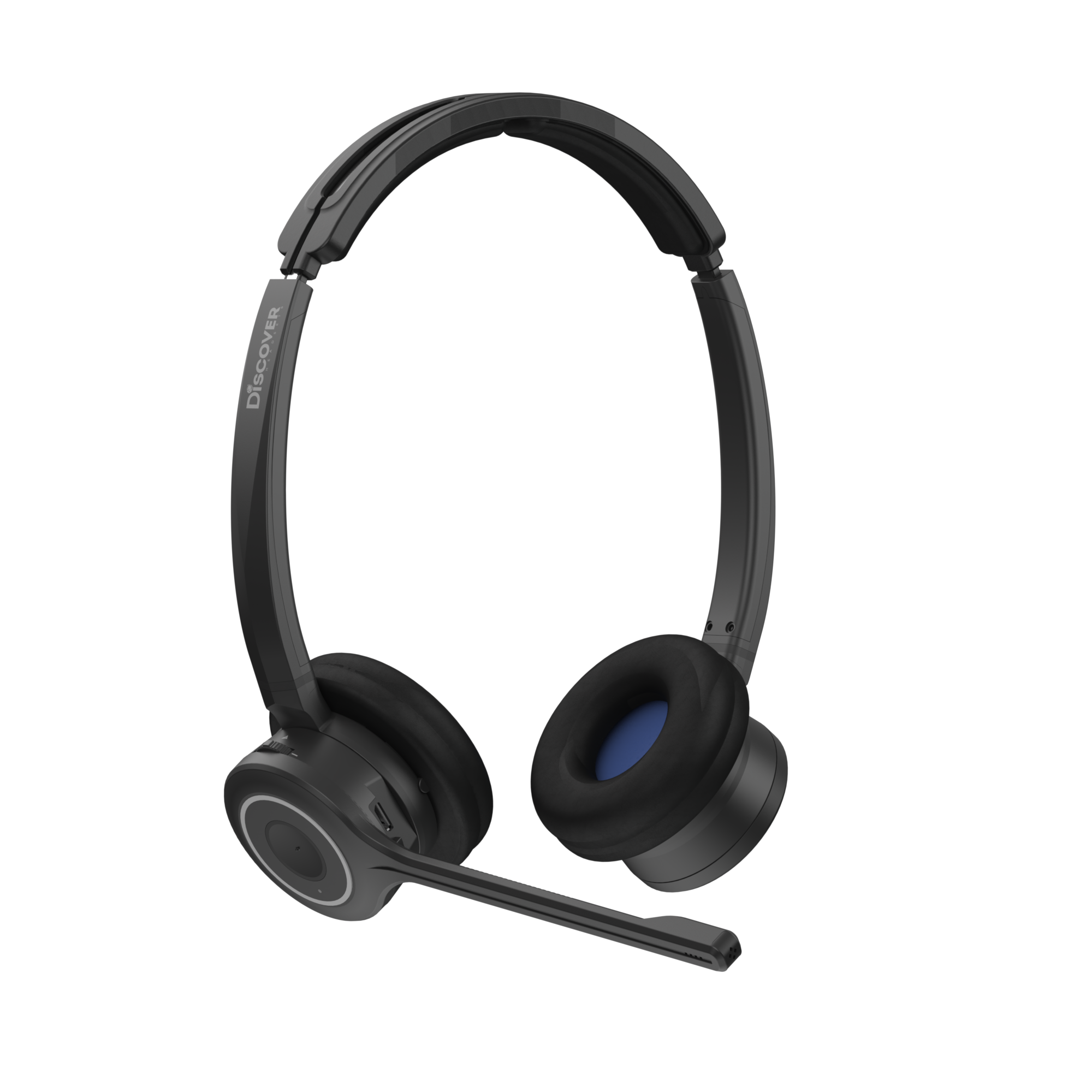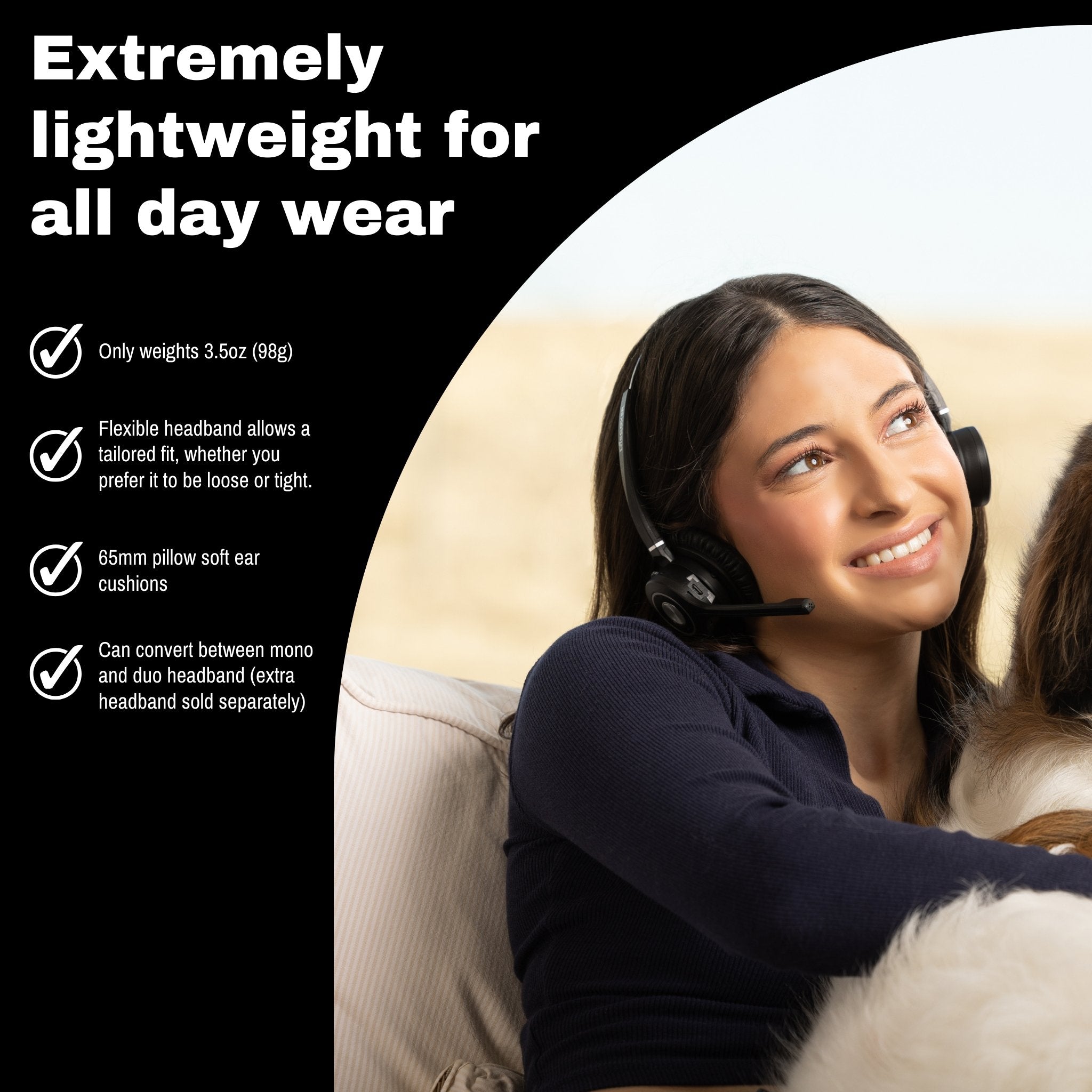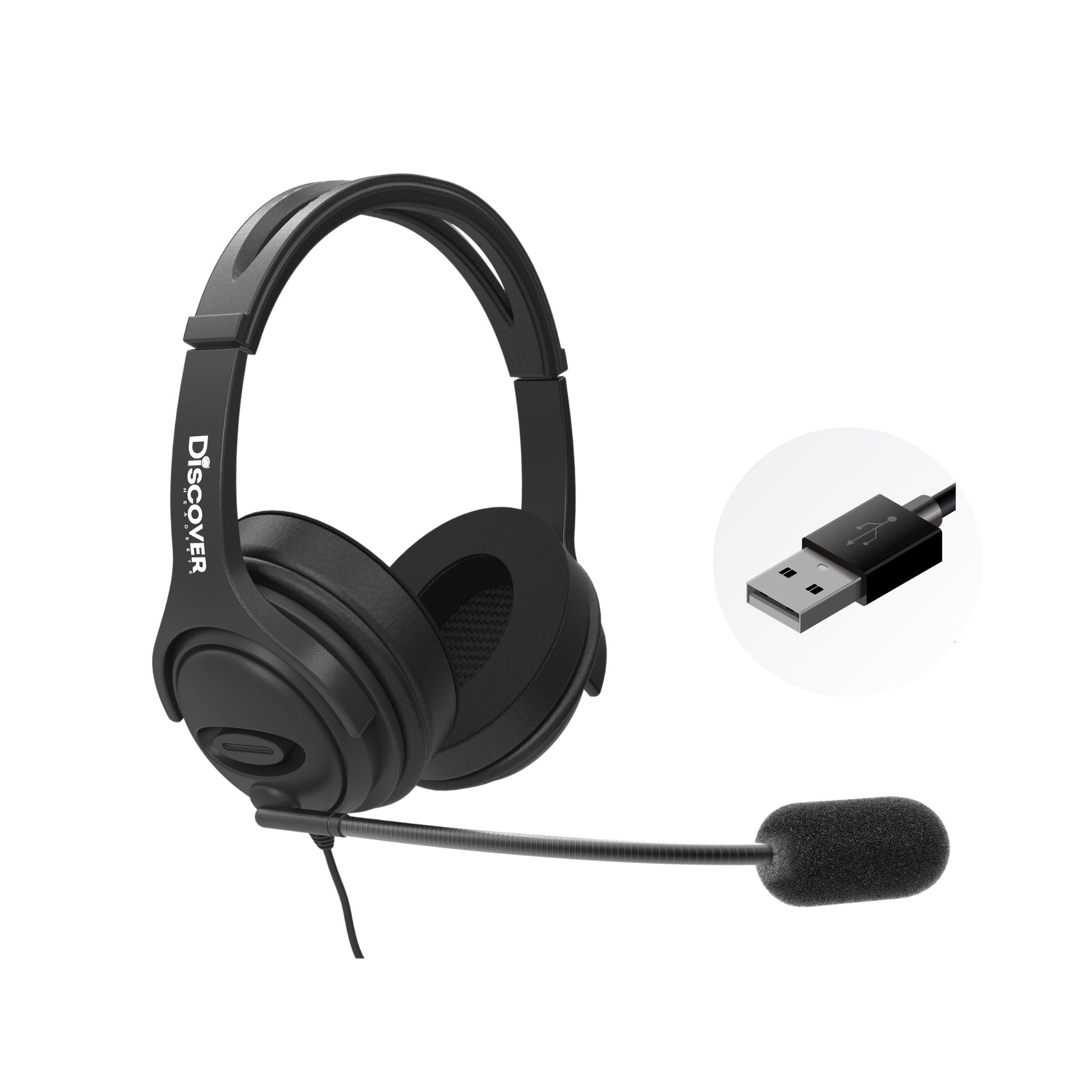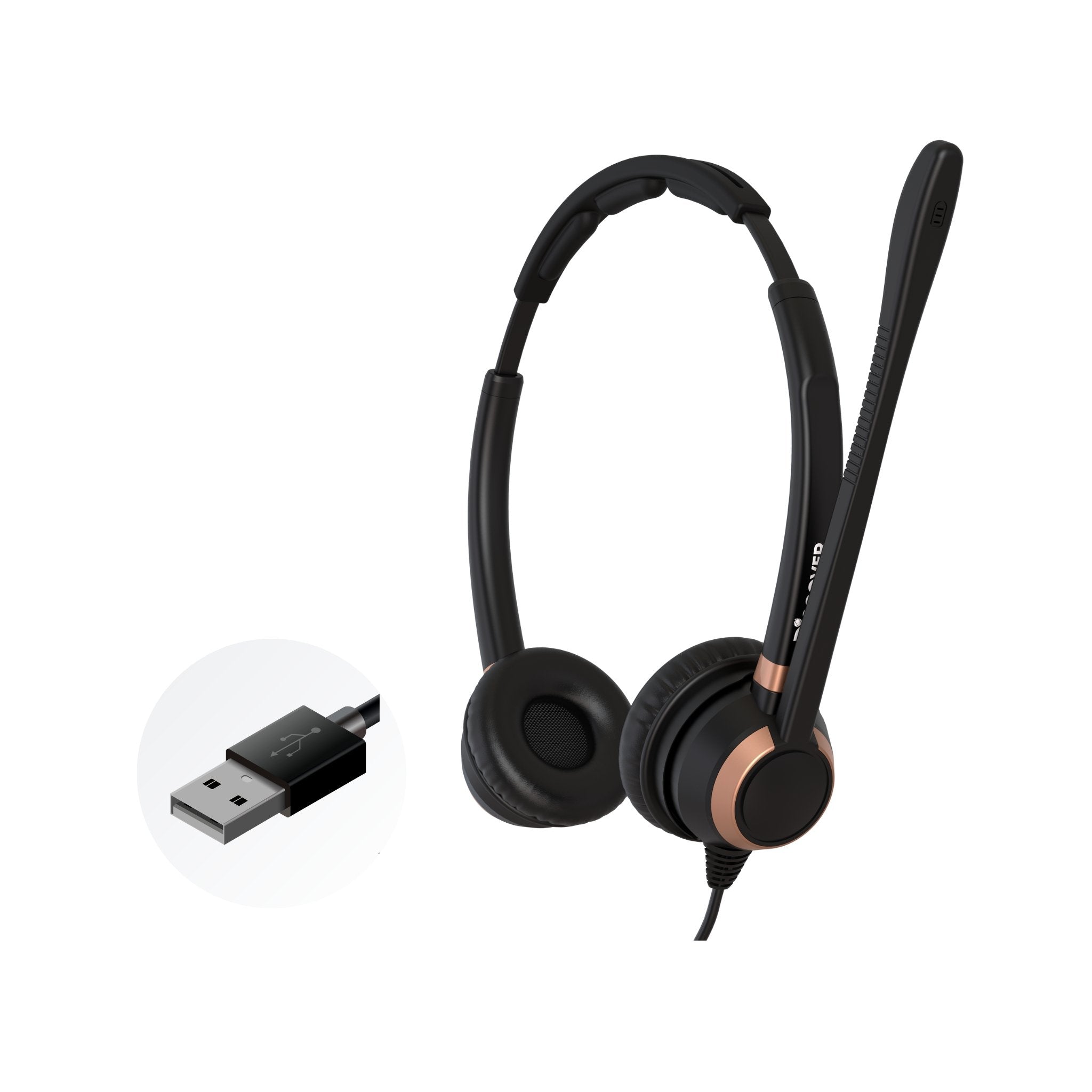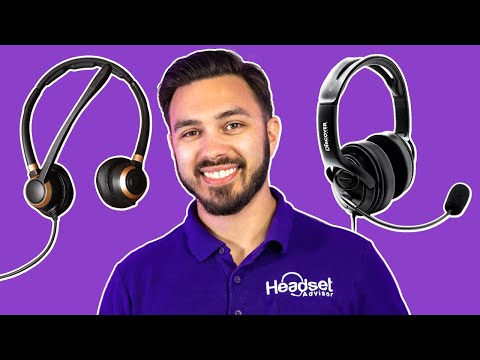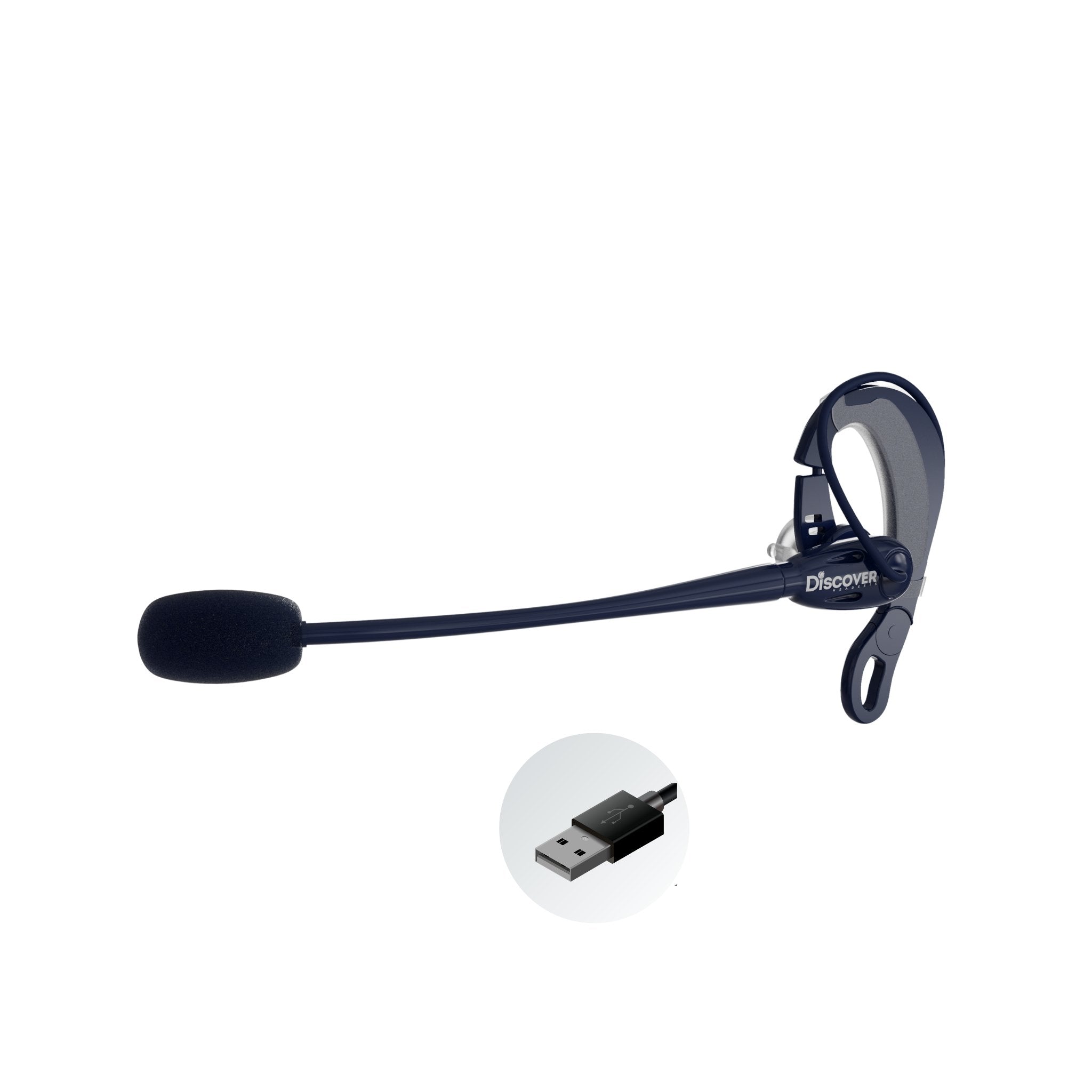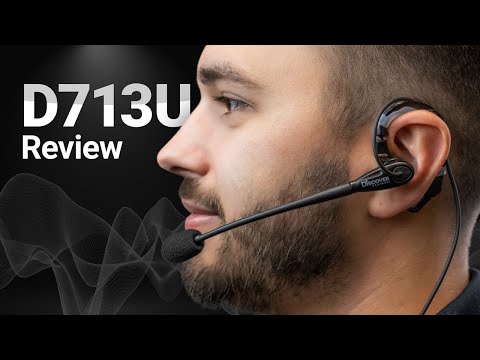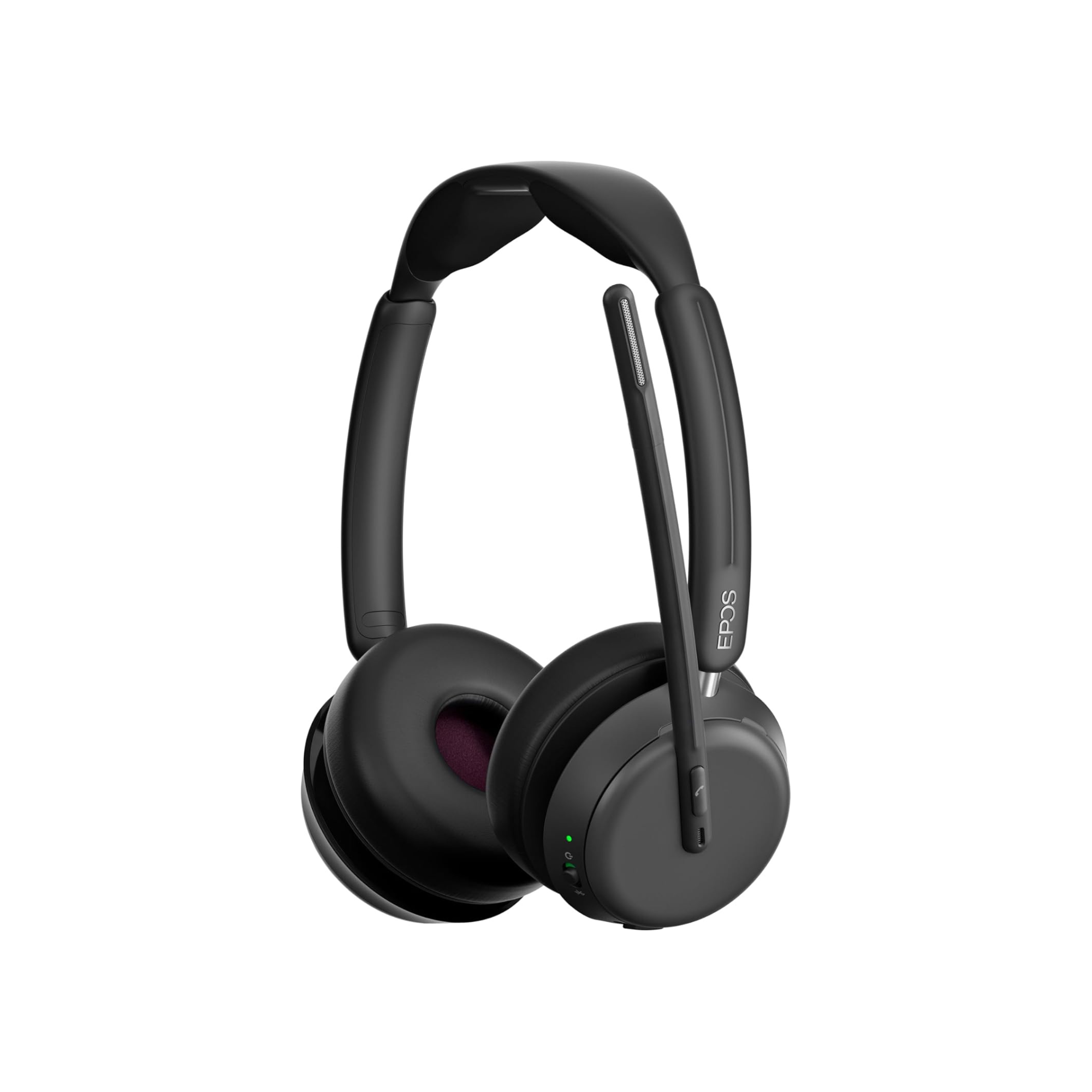When connecting wireless headsets to your computer there's a difference between a business headset with a USB Dongle that uses proprietary technology vs connecting a Bluetooth headset to your computer.
On the surface you'd think if your headset has Bluetooth and your computer has Bluetooth, they should just pair up perfectly and working how you think it should, right? Unfortunately that's not the case and is why it's important to choose the right headset for your specific needs.
Here's more details why Bluetooth headsets aren't recommended for work computers.
Here's a concise comparison chart highlighting why selecting a wireless headset with a USB Dongle is crucial for business communication on your computer.
| Factor | USB Dongle (Jabra, Poly, Yealink, Discover etc..) | Bluetooth Headsets (no USB Dongle) |
|---|---|---|
| Connection Stability | Dedicated USB dongles ensure stable, pre-paired connections, minimizing dropouts in busy offices. Ideal for uninterrupted Teams/Zoom calls. | Native PC Bluetooth faces interference from Wi-Fi or peripherals, causing stuttering or drops, as users report with pairing headsets directly to their computers via Bluetooth. |
| Audio Quality | Consistent, pro grade audio with low latency codecs Ensures clear calls, vital for professional settings. | It's not uncommon for call audio may degrade due to Windows Bluetooth limitations, based on user feedback. |
| Microphone Performance | Advanced noise canceling mics block office or home noise, ensuring clarity for meetings. | Bluetooth headsets not made for business communication let in noise (typing, co-workers talking etc..), less reliable for work calls, even in premium models. |
| Wireless Range | Extended range via DECT or Bluetooth USB Dongle, perfect for moving around offices or call centers. | Limited range usually around 30ft at most, often less on PCs with weak adapters, restricting mobility, |
| Call Control Features | Seamless call management answer/end calls from headset) integrates with UC apps, boosting productivity for call heavy roles. |
Lacks advanced features many need, like answering/ending calls directly from the headset or viewing mute status during meetings.
|
| Software Integration | USB Dongles enable apps for customization, firmware updates, and settings, tailoring to work needs. | Minimal Windows app support, stuck with basic OS settings, offering little customization for calls or mics. |
| Compatibility | Plug and play with UC certifications (e.g., Teams, Zoom), ensuring full audio/mic functionality on Windows. | Connects but faces pairing or mic issues in apps, not UC optimized, leading to setup frustrations. |
| Ease of Setup | Pre-paired dongles simplify setup, just plug and select. Great for office users. | Pairing can be hit or miss, with delays or re-pairing needed, depending on PC Bluetooth quality. |
| Latency & Performance |
USB Dongles with proprietary technology use optimized protocols to deliver near zero latency, ensuring audio syncs perfectly during calls or video conferences.
|
Native Bluetooth connections often introduce noticeable latency (50-200ms), especially on Windows, due to codec mismatches or driver issues.
|
| Professional Use Case | Built for long calls, noisy offices, and UC apps with ANC and busy lights. Ideal for hybrid or call center work. | Fine for casual calls or music but lacks UC features and robust mics for sustained professional use. |

